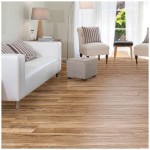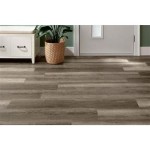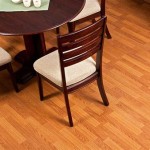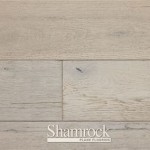Linoleum Tile Flooring: A Comprehensive Guide
Linoleum tile flooring, a resilient and versatile material, has gained prominence in both residential and commercial settings. Composed of natural ingredients such as linseed oil, wood flour, and jute, it offers a plethora of advantages, making it a popular choice among homeowners and designers alike.
In this guide, we will delve into the essential aspects of linoleum tile flooring, exploring its attributes, environmental benefits, installation process, and maintenance considerations. Whether you're considering linoleum tiles for your next flooring project or simply curious about their features, this article will provide you with comprehensive information.
Environmental Benefits of Linoleum
Linoleum tile flooring is renowned for its eco-friendliness. The primary components used in its production are renewable and biodegradable. Additionally, the manufacturing process is designed to minimize environmental impact, reducing greenhouse gas emissions and maximizing energy efficiency.
Linoleum's durability also contributes to its sustainability. It can withstand heavy foot traffic and is resistant to wear and tear, extending its lifespan and minimizing the need for frequent replacements. As a result, linoleum is an excellent choice for areas with high usage, such as commercial kitchens or entryways.
Installation Process
Installing linoleum tile flooring is a relatively straightforward process that can be completed as a DIY project. The tiles are typically installed over a subfloor using an adhesive or loose-lay method. A skilled installer can ensure a professional finish and long-lasting durability.
When installing linoleum tiles, it's crucial to follow the manufacturer's instructions carefully. Proper preparation of the subfloor and the use of appropriate adhesives are essential for optimal performance. Homeowners who lack flooring installation experience may consider hiring a professional to ensure a successful outcome.
Maintenance Considerations
Linoleum tile flooring is generally low maintenance and easy to clean. Regular sweeping or vacuuming removes loose dirt and debris. Damp mopping with a mild cleaning solution is sufficient for most daily cleaning needs. Harsh chemicals or abrasive cleaners should be avoided, as they can damage the surface.
Periodic waxing or polishing can enhance the appearance of linoleum tiles and provide additional protection. It's recommended to follow the manufacturer's guidelines for the frequency and type of cleaning and maintenance practices to ensure optimal performance and longevity.

Vinyls Vs Linoleum Flooring Major Differences Pros Cons And Costs Forbes Home

Linoleum Tile Floor City

A 2024 Guide To Linoleum Flooring And Why Designers Love It

Lino Flooring 10 Best Linoleum Ideas

Linoleum Flooring Residential Commercial Tile Planks Sheet Panel

Is Linoleum Flooring Easy To Install
.jpg?strip=all)
What Is Linoleum Flooring America

Tile Vs Linoleum The Pros Cons Bath Granite Denver

What Is The Difference Between Vinyl And Linoleum Flooring

Top Linoleum Supply And Installation Services In Vancouver Bc Floors Flooring
Related Posts








